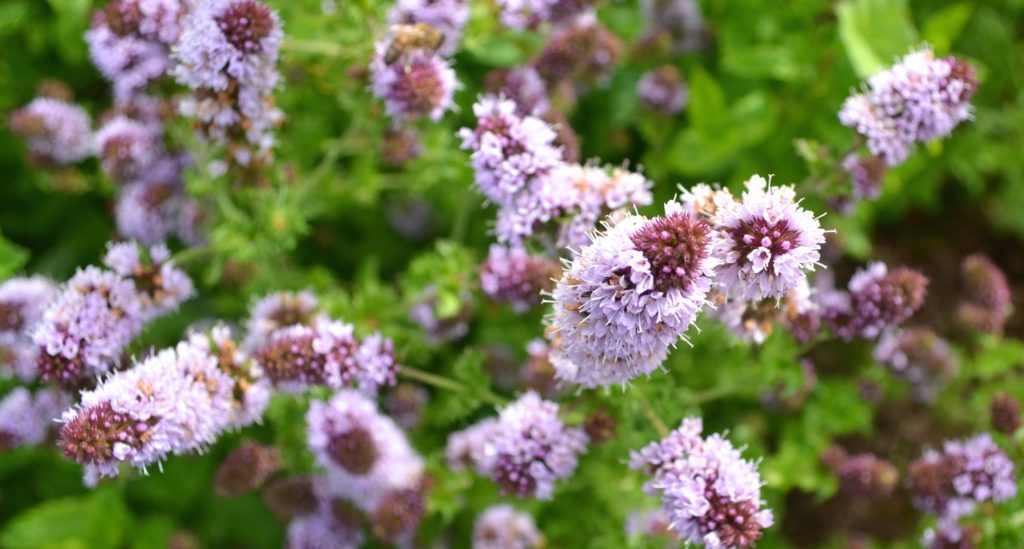What to Do: Herb Teachers

To understand the energies of herbs means to know when to take them and when not to take them, how much to take, and for how long. – Norma Myers
Note: We are developing an in-depth curriculum for a short course on sourcing medicinal herbs and the herb industry. The course will include a guided discussion of the content on this site to educate students about supply chains and the herb industry overall. In the meantime, here are some guidelines to get you started.
See also Ann’s interview with herbalist Sue Evans for a discussion of how she incorporates sustainability into her classes in Australia.
Objectives
- To connect teaching about medicinal plants not just to the healing qualities of particular species, but also to learning about the place of the plants in the larger ecosystem (culturally, ecologically, economically).
- To educate students about the botanical industry overall and issues of sustainability, quality and equity.
- To provide and develop resources for students, practitioners and consumers to help improve the industry overall.
Our approach
Herbalists often talk about nettles as Nettles, as if all nettles are equal. What if we take a different approach and compare nettles grown on a small organic farm in Vermont to nettles harvested by aging collectors from meadows in eastern Poland? Not only how the chemical constituents differ, but how the cultural, economic, and ecological context of that region affects the efficacy of the medicine. How might including a more place-based discussion of these plants impact our understanding of herbal medicine overall?
-
Industry/Supply Chain:
- Assign different sections of the Sustainable Herbs Project website to educate students about the supply chain and the key issues in the herb industry. Watch the videos, assign readings from the interviews, and add additional resources from relevant sources.
- Good resources to include (there are many others; I’ve included these because they address topics not typically found in herb school curriculum or on herb sites)
- ABC Botanical Adulterants Program has a wealth of resources and PDFs on particular herbs.
- Appalachian Forest Farming Coalition has created a fantastic collection of videos on forest farming and issues relating to harvesting and processing Appalachian medicinal herbs.
- Biolaya – Ben Heron of Pukka Herbs created this website to document his experiences sourcing herbs in the Indian Himalayas. It is the best collection of resources on sourcing and sustainability in the herbal products industry that I have come across. Plus Ben’s experiences are fascinating to read about and his photographs are beautiful.
- Why Go Wild has resources on the FairWild standard, wild collection around the world, and a collection of important articles and trade agreements that are useful for understanding historical and contemporary issues relating to the medicinal plant trade.
- The Kew Botanical Gardens has created an excellent website dedicated to a series of in-depth annual reports on the State of the World’s Plants.
-
Plants in Commerce:
- Along with compiling a materia medica, have students create a monograph of one plant in commerce including the following information:
- Where is the plant from? What species are used as medicine? What are common adulterants? Is it wild collected or cultivated? How much in the supply is organic? How much conventional? What is known about how much is used? How much has some fair trade certification (Fair for Life, Fair Trade, Fair Wild)? Where is it historically grown? What is its history of use? Where is it now sourced? What are the threats to the plant? What is known and not known about those threats?
- Much of this information is difficult and time-consuming to compile. This is a good way to learn how little is actually known about the supply chain. We are compiling stories of these plant journeys to share on the SHP website. Sign up for our newsletter to be notified for updates.
- Along with compiling a materia medica, have students create a monograph of one plant in commerce including the following information:

-
Herb Growers in Your Region:
- Research your community. Who grows medicinal herbs? What do they grow? Where is the garden/farm located?
- Spend a day working on the herb farm to better understand what is involved in planting, weeding, and harvesting.
- Have students prepare profiles of local farms to create a database of local herb suppliers. We have tried to compile a national database of domestic herb growers, but it is impossible to vouch for their quality or the ongoing viability of the farms without visiting them. It makes more sense for herb schools to build this list for their own region. Rosalee de la Foret has compiled this list, which is a good place to begin.
- Who buys medicinal herbs in your region? Are there ways to connect farmers and collectors with these buyers?
-
Wild Collection
- Are there wild collectors in your region? If so, what plants do they collect? What is the market for these plants?
- Spend a day visiting these collectors to see what is involved in harvesting and processing wild plants.
- Create a handout for a lesson on sustainability and wild collection. In addition to this website, the Why Go Wild site and Biolaya are good places to gather this information.
-
Herb Production in your region:
- What companies are in your region or other local markets for plants grown and harvested from the region?
- What facilities are there? (Driers, processing facilities, food kitchens etc.)
- Are there ways to link herb growers and wild collectors with these facilities to add value to their products?
- Are there ways to link growers and collectors with herbalists in the region?
-
Herbs not in Area:
- What herbs used at your school can’t be found locally?
- Are there local substitutes for these herbs?
- What are national or international sources of organic herbs?
- If wild collected, what are the threats?

Comments